
Arctic sea ice extent reached its apparent annual maximum on March 5, 2020. It was the 11th-lowest maximum in the 42-year satellite record. Though nowhere near a record low, it was well below the 1981–2010 average.

A new crop of studies funded by NOAA's Climate Program Office explores a range of questions about sea ice forecasting, including one of the most basic: how far ahead is it even possible to predict it?

In March 1985, sea ice at least four years old made up 33 percent of the ice pack in the Arctic Ocean; in March 2019, ice that old made up 1.2 percent of the pack.
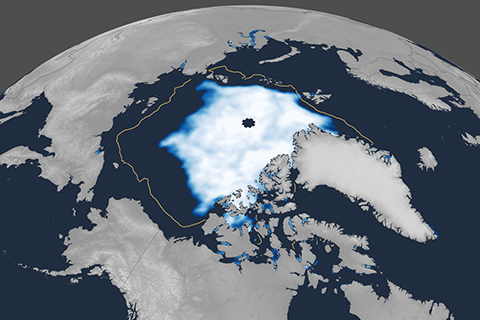
In 2019, the area of the Arctic Ocean where the summer sea ice cover was at least 15 percent tied with 2007 and 2016 as the second-smallest on record.
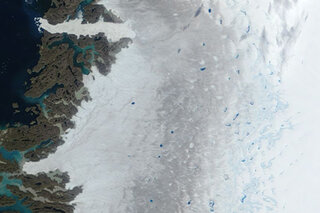
Europe's rogue heatwave melts Greenland
August 14, 2019
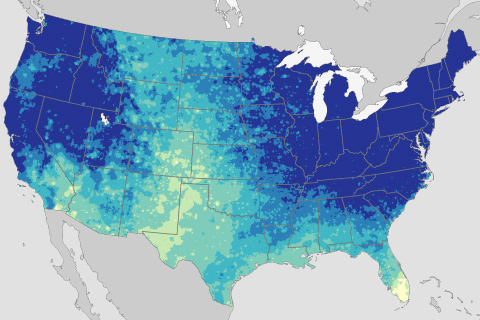
Extreme precipitation events have grown more frequent since the start of the twentieth century, and such events are likely to become even more frequent over the twenty-first.
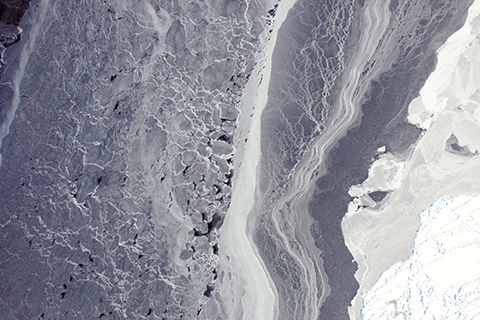
Antarctic sea ice extent hit a record low extent in February, but thanks to large natural variability from year to year, experts say there is still no long-term trend.

Antarctica has not responded as quickly to climate change as the Arctic, but Earth’s southernmost continent is still losing ice. Ice shelf disintegration and glacier acceleration in Antarctica could raise global sea level significantly, and the effects would be keenly felt along U.S. coastlines.
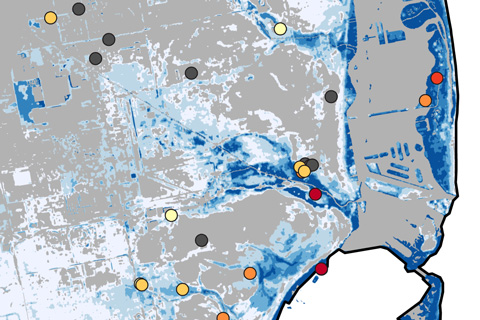
Hurricanes can harm people not just by causing injuries, but also by flooding hospitals that would otherwise deliver needed treatment.
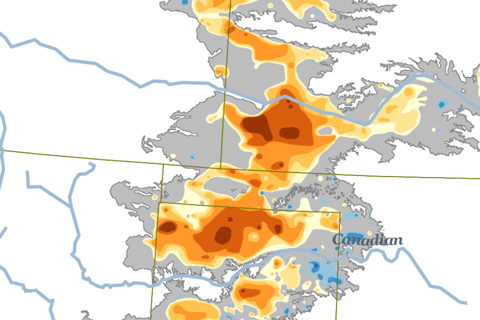
The Ogallala Aquifer has supported agricultural needs in multiple states for decades, but the aquifer is being drained faster than it is being replenished.